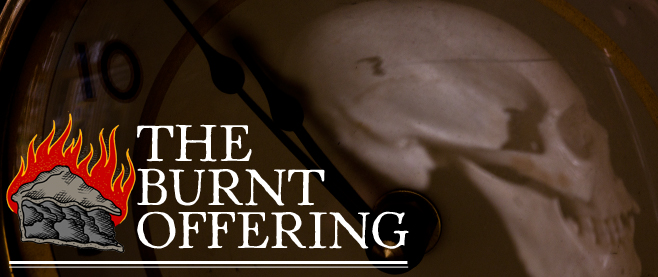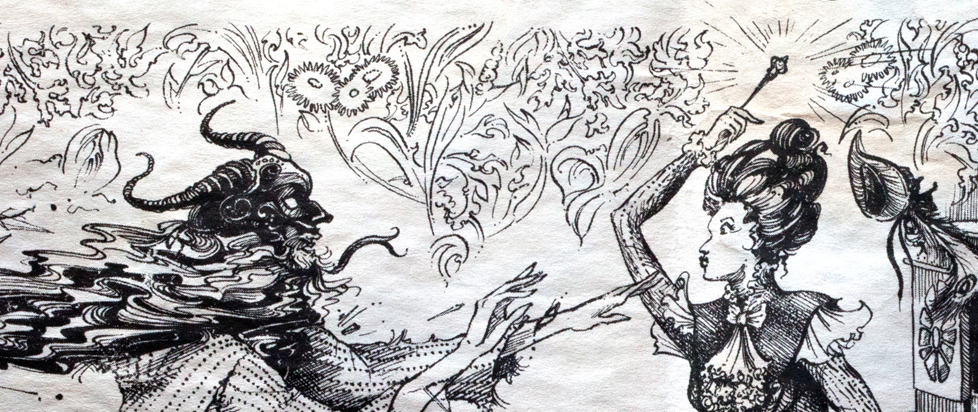
The Feels
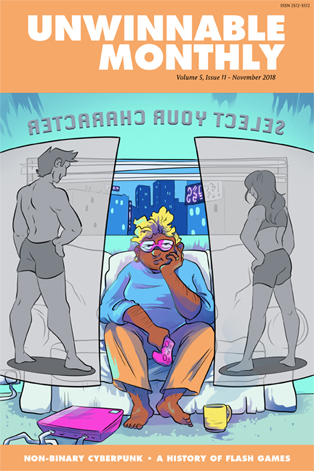 This column is reprinted from Unwinnable Monthly #109. If you like what you see, grab the magazine for less than ten dollars, or subscribe and get all future magazines for half price.
This column is reprinted from Unwinnable Monthly #109. If you like what you see, grab the magazine for less than ten dollars, or subscribe and get all future magazines for half price.
———
The Burnt Offering is where Stu Horvath thinks too much in public so he can live a quieter life in private.
———
1.
The first envelope arrived in the beginning of September.
The contents, a letter from a lawyer explained, had rested in a safety deposit box for many years and, for reasons unclear, had become attached to my wife Daisy’s name. With the liquidation of the bank, the items within were sent along to our current address and included a number of letters, foreclosure documents, unfinished blueprints, notes, a ledger page from an orphanage and a mourning card, all connected to a piece of property in London and bearing dates from the late 1870s. One item was more compelling than the rest: a lock of brown hair, carefully tied with a bit of yellowed lace.
2.
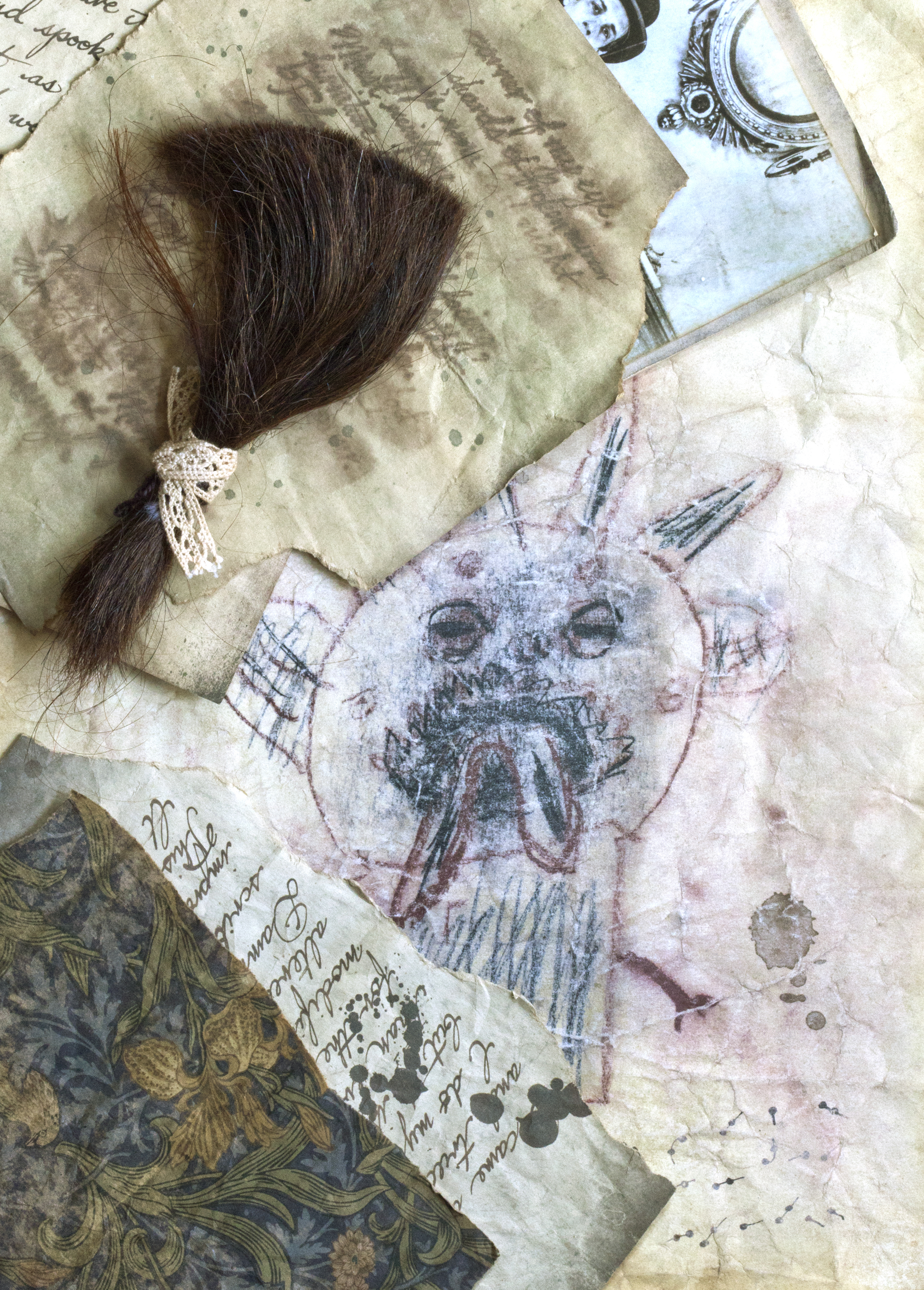 A horror story, whatever the medium, is the one most likely to use its structure in an attempt to trick you into believing its realness.
A horror story, whatever the medium, is the one most likely to use its structure in an attempt to trick you into believing its realness.
It is a kind of contest between the storyteller and the listener. To see this at its most basic, just listen to any kid trying to convince their friends that they had seen a ghost – there is the story at its purest, but also the sideshow act of assurances and knowing looks intended to sell it. This is why so much horror literature is written in first person: to leverage the judicial, the weight of personal testimony.
Bram Stoker’s Dracula, of course, takes this to another level, presenting itself as a series of letters and journal entries written by its own characters and supplemented by the occasional newspaper clipping. Found footage attempts a similar conceit in cinema. Nor does horror have to resort to such direct attempts at verisimilitude: the way Lovecraft weaves together references to real-world authors and his own fictional tomes has left thousands of readers open to the possibility of discovering a copy of the Necronomicon on a dusty shelf in a rare bookstore.
3.
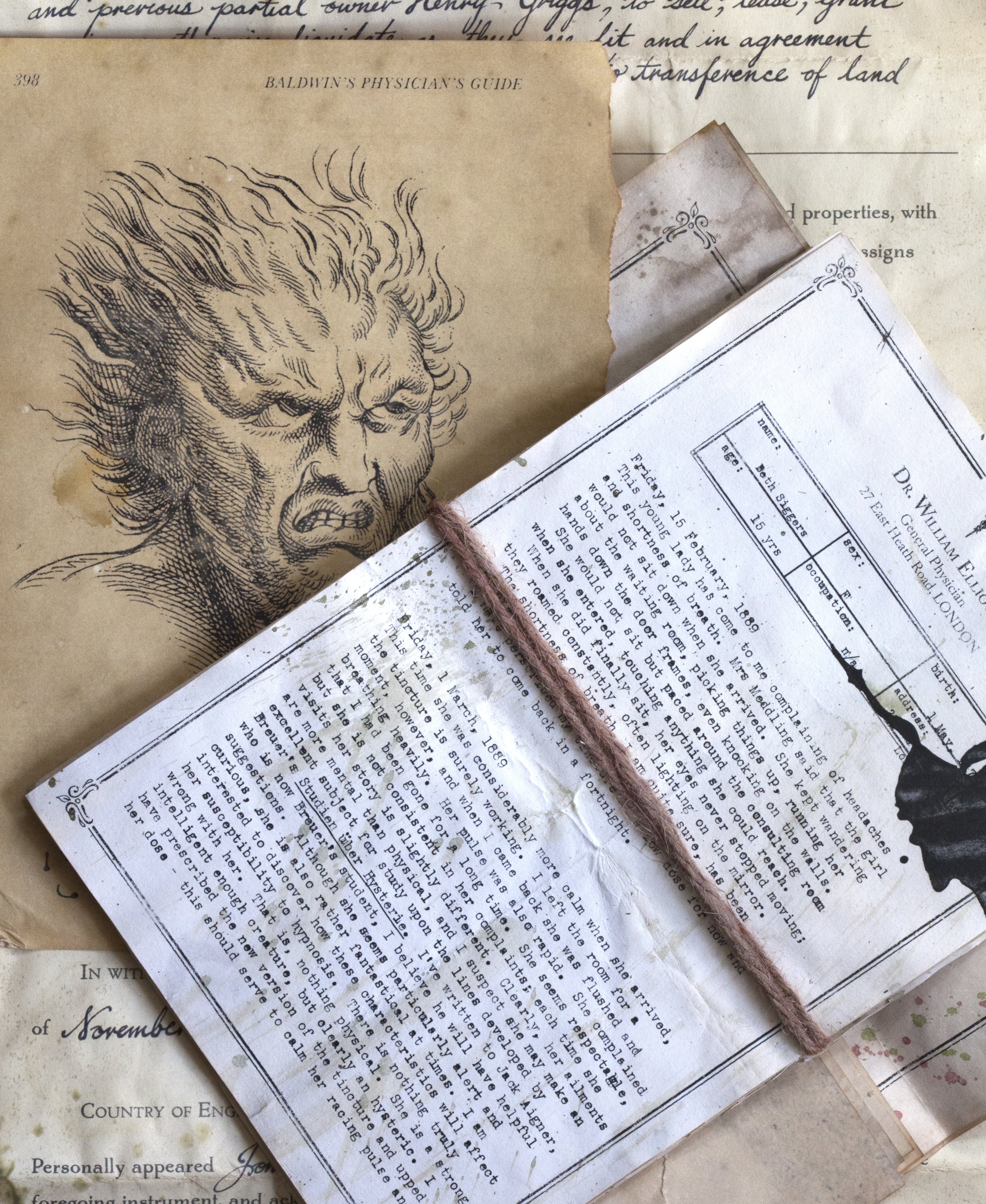 A second envelope arrived a few weeks later. More papers. This time, notes and correspondence from a doctor, dealing with his treatment of a young woman. His office seems to have been located in the house mentioned in the previous set of documents.
A second envelope arrived a few weeks later. More papers. This time, notes and correspondence from a doctor, dealing with his treatment of a young woman. His office seems to have been located in the house mentioned in the previous set of documents.
Something bad happened to him.
4.
In the 1980s, Infocom found great success as the publisher of text adventures, videogames that were essentially novels you interacted with by typing commands for the protagonist. A large part of the popularity of Infocom’s games came from the props they included in the box to support the fiction, which, handily, doubled as copy protection. The Zork games included lore books and maps written in an in-universe style that detailed the underground empire you would journey through. Inside The Lurking Horror, Infocom’s Lovecraftian horror game, you find a student ID card and student handbook for the setting’s college, as well as a nightmarish little rubber nightcrawler.
The company called these props “feelies.”
5.
At its heart, the Call of Cthulhu tabletop roleplaying game is a game about piecing together mysteries. Like any good mystery, this requires clues. In the early days, player handouts were pages in the back of the book, suitable for photocopying, that reproduced newspaper clippings, excerpts from notebooks, scrawled drawings and even, in one notable case, a matchbox you could cut out and fold up.
In recent years, Call of Cthulhu handouts have become a bustling niche market, forever striving to create more realistic props to support the fiction. Just this year, the H.P. Lovecraft Historical Society produced a massive box of props for the Masks of Nyarlathotep campaign, including news clippings printed on newsprint, a matchbox containing real matches, passports, patient files, photographs, a Chinese scroll and MP3s of actors delivering key monologues from the game. A deluxe version includes reproductions of ancient artifacts like stone tablets and statues. There’s even a set of cultist’s robes.
6.
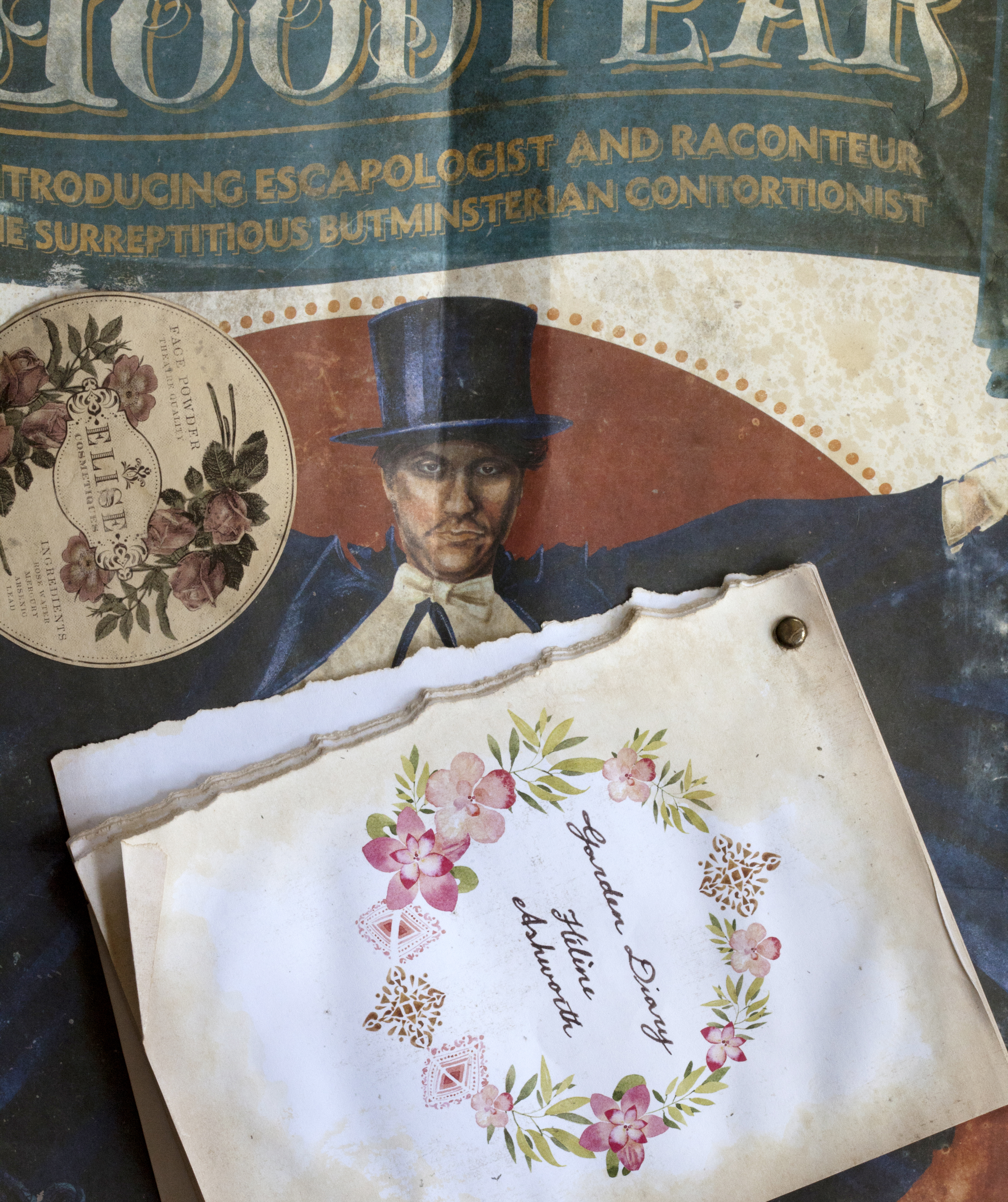 The contents of the third package included a poster for a stage magician’s act, a gardening notebook and a good deal of dried lavender buds; more detritus from the lives of the residents of this apparently haunted London house. They seem to fare about as poorly as the doctor.
The contents of the third package included a poster for a stage magician’s act, a gardening notebook and a good deal of dried lavender buds; more detritus from the lives of the residents of this apparently haunted London house. They seem to fare about as poorly as the doctor.
7.
The packages are from the Mysterious Package Company, which specializes in narrative “experiences” delivered by mail. I have long heard intriguing things about the Weeping Book, a single mailing of a handwritten notebook that is so disturbing that the company claims it has inspired unwitting recipients to call the police about it.
The idea, of course, is to purchase an experience for a friend and have it arrive with no warning or explanation. When the Company got in touch about trying an experience, I had them send it to my wife so I could observe. I ordered Filigree in Shadow, a Victorian ghost story.
8.
 I think the central idea of the Mysterious Package Company is genius. Plenty of other folks agree, apparently, as it has spawned several imitators, like the Hunt a Killer subscription box that haunts many an Instagram feed’s advertisements. I have no way to be sure if it is genius, though, because I know services like this exist. If secrecy and surprise are an intrinsic part of this kind of experience, then no matter what you send me, even if you were to make up a totally original story and props, the illusion can’t fool me. I am inoculated now.
I think the central idea of the Mysterious Package Company is genius. Plenty of other folks agree, apparently, as it has spawned several imitators, like the Hunt a Killer subscription box that haunts many an Instagram feed’s advertisements. I have no way to be sure if it is genius, though, because I know services like this exist. If secrecy and surprise are an intrinsic part of this kind of experience, then no matter what you send me, even if you were to make up a totally original story and props, the illusion can’t fool me. I am inoculated now.
Which begs the question: is the illusion the point?
On one hand, it seems the Mysterious Package Company thinks it is – even the process of buying an experience is shrouded in mystery, requiring a request for an invitation and dealings with a character referred to as the Curator. It is hard (but not impossible) to suss out the real people behind the company, which also indicates a certain delight in the smoke and mirrors game.
On the other hand, there are things within the experience that seem to hint that this is all for fun – the lawyer’s letter at the start of this experience makes for a fairly flimsy premise. Given the otherwise high quality of the story and the props, I can’t believe that this is anything other than intentional. Perhaps some unpleasant reactions to the Weeping Book prompted the Company to hedge away from providing experiences that too effectively blur the edge between fiction and reality.
9.
Daisy was almost immediately suspicious (you can blame that on the fact that she played my long-running Masks of Nyarlathotep campaign, or read it as a telling indictment of what it is like to live with me). She got hung up on why she was receiving the packages in a way that overshadowed their stories.
Something else. In striving to tell stories in a forensic way, through ostensibly real objects, connection to the narrative is kept at a distance in way that is not true of more conventional storytelling. The events related in Filigree in Shadow are remote in time, the haunted house an ocean away. I could see myself perhaps believing that these events happened, but I do not think they have the power to scare me the way a short story might, despite a short story’s obvious artifice.
9a.
I desperately want to see a ghost, or have some other supernatural experience, which means I am paradoxically fortified with skepticism. No matter what the climax of Filigree in Shadow may be, if it doesn’t involve my reflection actually climbing through my vanity mirror to attempt to murder me, I am going to be disappointed. For someone like me, the surface realism of the Mysterious Package is always going to be a promise impossible to deliver on.
10.
 The climax of Filigree in Shadow, and all the Mysterious Packages, is an artifact. It arrived in a small wooden box. The content of that box was at war with itself.
The climax of Filigree in Shadow, and all the Mysterious Packages, is an artifact. It arrived in a small wooden box. The content of that box was at war with itself.
The narrative bits were wonderful. The story was wrapped up definitively with more documents, the plot threads neatly tied (mostly), the mystery solved in ghoulishly Penny Dreadful fashion. There were, in fact, two artifacts: a murder weapon crusted with century old blood and a dreadful mask, an object of unnatural power within the context of the story that, in hand, is actually suitably unpleasant.
The other occupant of the box was a jigsaw puzzle.
11.
I can not speak to the other Mysterious Packages, but this one is both a story and a game. Littered through all the documents are little dot-and-line characters, an obvious code, referred to by several characters in the story. The final documents give the key for its decryption, and the scrawls, which often are replying to the clearly written words, become a sort of spooky presence throughout the whole story, creating a vibe akin to watching The Sixth Sense a second time knowing Bruce Willis is a ghost. It seems a bit preposterous that all this coded writing would be on all these documents, but the overall effect is good, the decoding was quite fun and it adds a time value to the entire experience.
The jigsaw puzzle takes the game portion of the experience to an extreme. The puzzle is of architectural drawings of the house – recall earlier that the initial package contained incomplete blueprints? The jigsaw puzzle fills them in. It is a preposterous jettisoning of the illusion the rest of the packages so painstakingly create.
And it is great. And evil. It is actually five discrete puzzles, all made in a similar visual motif and cut into pieces that often slide next to each other rather than interlock. I’ve never hated a jigsaw puzzle so actively as when I was cursing my way through this one. Daisy and I spent delirious hours working on it, well into the night. It was a struggle, but a fun one that awoke a steely determination in both of us. It is hard to convey the sense of accomplishment I felt once it was done, even if the spookiest thing about it was the glaze in our eyes.
There is another coded message scrawled across the finished puzzles. It took me a couple weeks to get around to decoding it and, honestly, it didn’t matter. The real climax of the story was finishing the puzzle.
12.
When people ask me why I enjoy horror, I usually respond by saying I like the way it makes me feel, an answer the questioner inevitably finds unsatisfying. The look on their face usually says, Why on earth would I want to feel scared?
The best fiction provokes an emotional response. Yet, owing to it being fiction, most of those responses are distant echoes of the real thing, simulacra. There are aspects of the fear reactions inspired by horror, though, tied up as they are with evolutionary survival impulses, that retains a glimmer of the genuine. The grief I feel at the death of a character can never match the loss of a loved one. Likewise, I have never been chased by a madman with a machete, but I am sure that the real thing would pump my adrenal gland more than any given slasher movie. Yet an unexplained noise, in a movie or in my own darkened house, sparks identical unease. In those subtle, quiet moments, the boundary between horror fiction and reality is so thin as to not be there at all.
13.
Props, handouts, feelies, whole narratives constructed out of documents, they all represent an attempt by the story to manifest into the real world. As an aficionado of horror and a seeker after supernatural experience, I want the story to become incarnate, to darken the lens of perception, to reveal the secrets skeins lurking under the veil of everyday reality.
And yet, no matter how enchanting the fictive artifact may be at first glance, reality eventually, inevitably, renders it inert. Mundanity is inescapable. Human hands have fashioned it and, in doing so, rob it of infinite powers it may have possessed had it remained in the realm of conjecture.
14.
We have a finished attic in my house and use it as a second living room. There’s a mini-fridge up there and it is covered in magnets shaped like letters for our one-year-old son Jeremiah to play with. A few weeks ago, Daisy returned home from work and went up to unload her bag up there. A few moments later, she shouted down, “Are you fucking with me?”
The letter magnets usually spell out our names – Stu, Daisy and Jer (though my ‘U’ has long since gone missing). When I got upstairs, I saw most of the letters jumbled up. In the center, though, perfectly aligned: D-I-E. Seeing it, a chill ran down my spine, just the way a writer might describe in a horror story.
Obviously, Jer rearranged the letters and by chance spelled out a threatening word. Obviously, there is no supernatural force at work. And yet, and yet, and yet… in a movie or in my own darkened house, it sparks an identical unease.
———
Stu Horvath is the editor in chief of Unwinnable. He reads a lot and spends his free time calling up demons. Follow him on Twitter @StuHorvath.




